
views
X
Research source
Planting Monkshood

Find a partially shady area for the monkshood. The spot should also be exposed to four to six hours of direct sunlight each day. Monkshood will grow in a sunny area with six to eight hours of direct sunlight but thrives in partial shade.
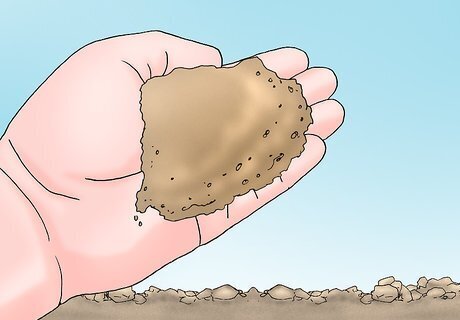
Add organic matter to the soil. Monkshood is not especially particular about what type of soil it grows in as long as it drains quickly. Prior to planting the monkshood, spread a 3- to 6-inch depth of organic matter like well-aged cow manure, compost, composted shredded bark mulch and leaf mold over the soil. Mix the organic matter into the soil thoroughly to a depth of 8 to 10 inches (20.3 to 25.4 cm).
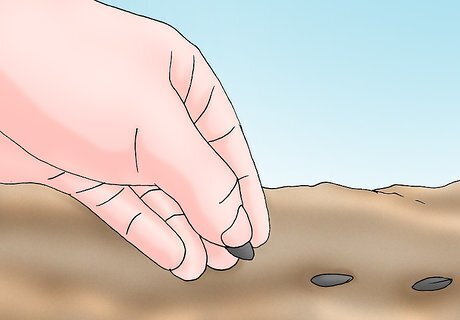
Sow Monkshood seeds directly in the garden in late fall and early winter. Plant the seeds ⁄8 inch (0.3 cm) deep and 1 inch (2.5 cm) apart. Keep the soil moist but not soggy. Monkshood seedlings do not like to have soggy feet.
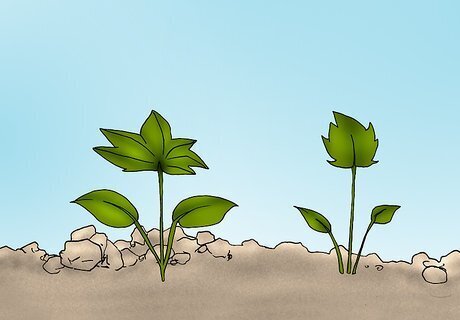
Look for the seedlings to sprout in the spring. Thin the seedlings to 1 or 1 ½ feet apart. It can take up to three years for the plants to bloom when they are grown from seed.
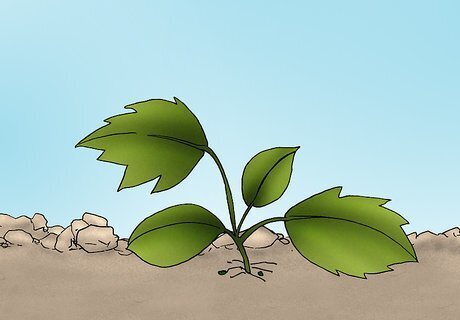
Plant seedlings or plant divisions in the spring after the last expected hard frost or in the fall a month or so before the first expected frost. They usually will not bloom the first year after being transplanted into the garden. Plant them 1 to 1 ½ feet apart.
Caring for Monkshood
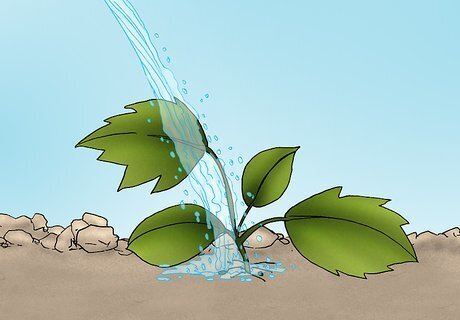
Water your plant when the ground gets dry. Water monkshood plants as often as necessary to keep the soil moist throughout the growing season. This will most likely be once a week, depending on the climate you live in.
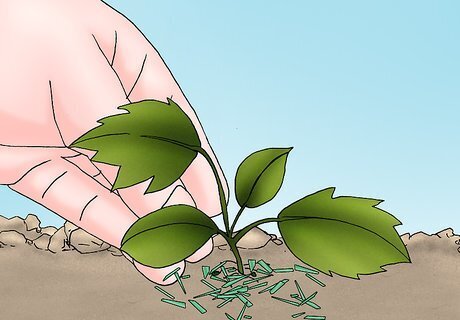
Spread a two- to three-inch depth of organic mulch around the monkshood plant. This will help to help keep the soil cool and moist.
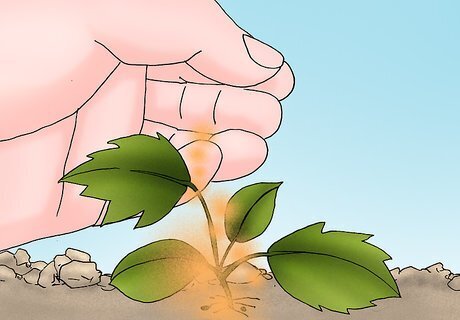
Determine if you need to add fertilizer. When organic matter has been added to the soil, there is no need to give monkshood any fertilizer. If organic matter is not added to the soil prior to planting, give your monkshood all-purpose 10-10-10 fertilizer in the spring as soon as they begin to grow. Sprinkle the fertilizer around the plants, not on them, and water it into the soil.
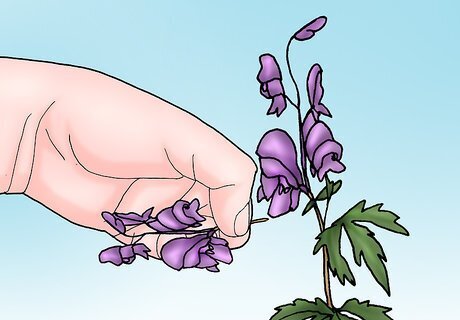
Deadhead flowers as they die. Deadheading means removing the dead flower stalks as the flowers fade or after they are killed off by a hard frost. When you deadhead flowers, it allows the plant to put its energy towards growing new blooms.


















Comments
0 comment